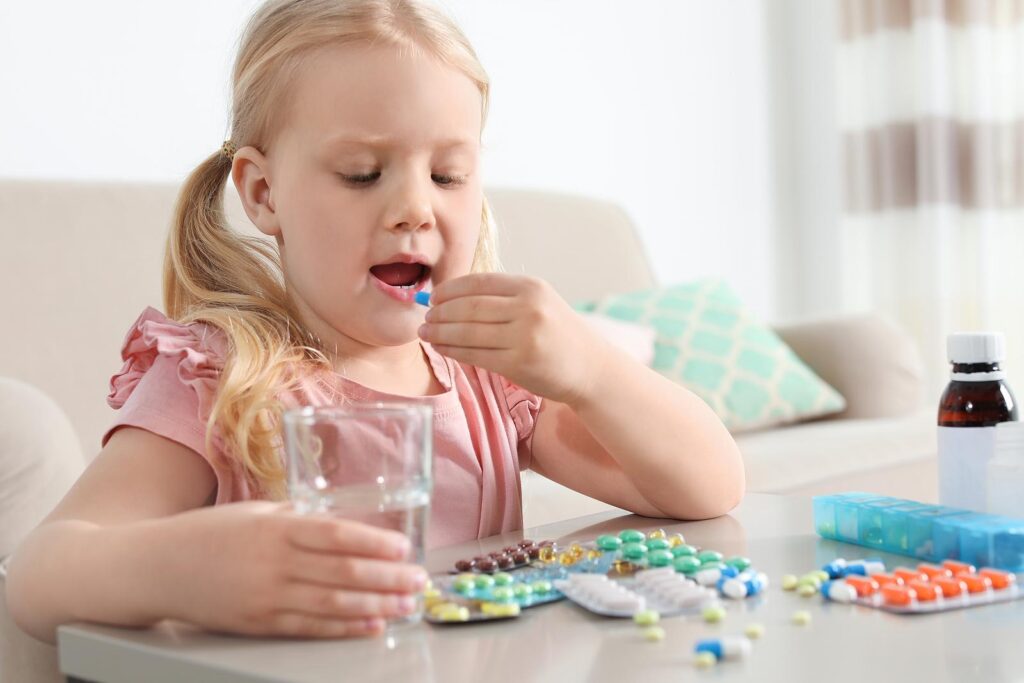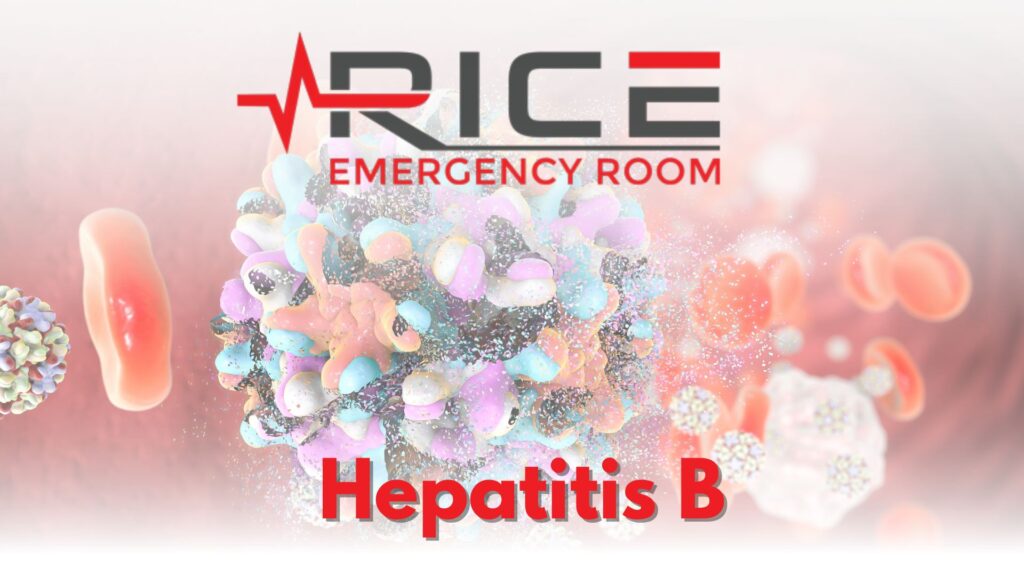
Poison prevention takes intentional action. Did you know that accidental poisoning is one of the biggest health threats to children? Approx 67,500 children aged under five had to visit the ER because of unintended poisoning in 2019. About 85 percent of these incidents occurred in the home, likely because they ingested incorrect medications, bleach, or laundry packets. (Presidential Document, Federal Register 2021)
Children are curious about everything and want to explore their surroundings with their senses, including taste. Sometimes, it can lead them to dangerous places where they accidentally ingest poisonous substances—the pattern and type of exposure change according to their different age groups.
Poisoning, in simple terms, is an injury or a possible death due to swallowing, touching, inhaling, or injecting different hazardous substances like chemicals, venom, drugs, gases, or extreme medications. In the case of children and poison prevention, even smaller quantities of certain drugs and chemicals can be harmful. However, the consumption of drugs and carbon monoxide in high dosages is highly poisonous and dangerous.
Signs of Poisoning in Children
- Increased breathing
- Disrupted breathing pattern
- Redness around the mouth and lips
- Sore throat
- Vomiting, nausea, or stomach pain without fever
- Unusual drooling
- Seizures or unconsciousness
- Confused mental state
The American Academy of Pediatrics (AAP) is helping people to control the cases of accidental poisoning at home by offering tips to prevent and treat exposure to poison.
- Keep all the medicines and other household products such as paints, laundry detergents, pesticides, and others in their original packaging in a cabinet away from the reach of children.
- Put safety latches in all the cabinets containing these hazardous products. The latches can automatically lock when you close the cabinet door; it will help keep children away from these products.
- It’s essential to buy and keep medicines in containers with safety caps. Discard all unused medication safely and responsibly.
- Read the label every time you give your child any medicine for proper dosage. Do not use a kitchen spoon for liquid medications and ensure using the dosing device came in packaging with the drug.
- Do not put poisonous items in food or drink containers.
- Ensure that all the natural gas-powered appliances, furnaces, and coal, wood, or kerosene stoves at home are in safe working condition.
- Monitor the usage and dosage of medicines prescribed for children and teenagers, like attention deficit hyperactivity disorder or ADHD.
- It’s vital to know plants’ names in your home and yard. If you have young children, remove the ones that could be poisonous to them.
(AAP, 2019)
If you suspect poisoning of any kind with your child, immediately act and call the Poison Control Center, 1-800-222-1222.
Steps To Take Before Medical Help Arrives
Swallowed poison
Immediately take medicine or product containing poison away from the child and help them spit out anything remaining in their mouth. Note to never make your child vomit or use ipecac syrup.
Swallowed battery
Serious tissue damage can occur in less than 2 hours if your child has ingested a button-cell battery or battery inserts in their nose, ear, or throat. Call the hospital emergency department and get medical help immediately.
Skin poison
Take your child’s clothes off quickly and rinse it all in lukewarm water for at least 15 minutes.
Eye poison
Hold the eyelid open and flush the child’s eye with a stream of room temperature water into the inner corner for 15 minutes.
Poisonous fumes
Take the child into the fresh air immediately. If the child has stopped breathing, begin cardiopulmonary resuscitation (CPR). Do not stop CPR until the child starts breathing independently, or the medical team can take over.
(Mayo Clinic 2020)
Conclusion
Raising a child in a safe environment is a serious full-time job for parents. It can be overwhelming for them to see their child sick and in pain. Children and poison prevention requires vigilance. Accidents can happen despite all the precautions, and children may still ingest or breathe poisonous substances. A little preparedness can help in acting promptly in the event of an emergency and even lifesaving.
Works Cited
Presidential Document, Document. “Federal Register:: National Poison Prevention Week, 2021.” Federal Register, 24 Mar. 2021, www.federalregister.gov/documents/2021/03/24/2021-06252/national-poison-prevention-week-2021.
American Academy of Pediatrics, AAP. “Poison Prevention & Treatment Tips for Parents.” HealthyChildren.org, 2019,
www.healthychildren.org/English/safety-prevention/all-around/Pages/Poison-Prevention.aspx
Mayo Clinic, Staff. “Poisoning: First Aid.” Mayo Clinic, Mayo Foundation for Medical Education and Research, 3 Apr. 2020,
www.mayoclinic.org/first-aid/first-aid-poisoning/basics/art-20056657.



